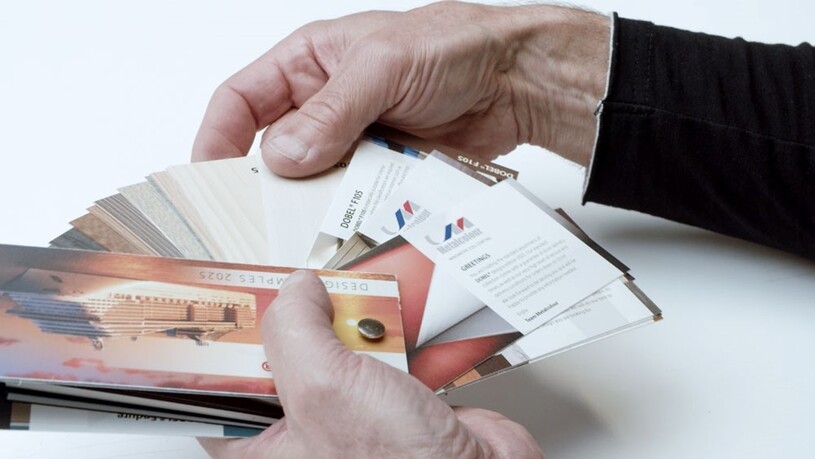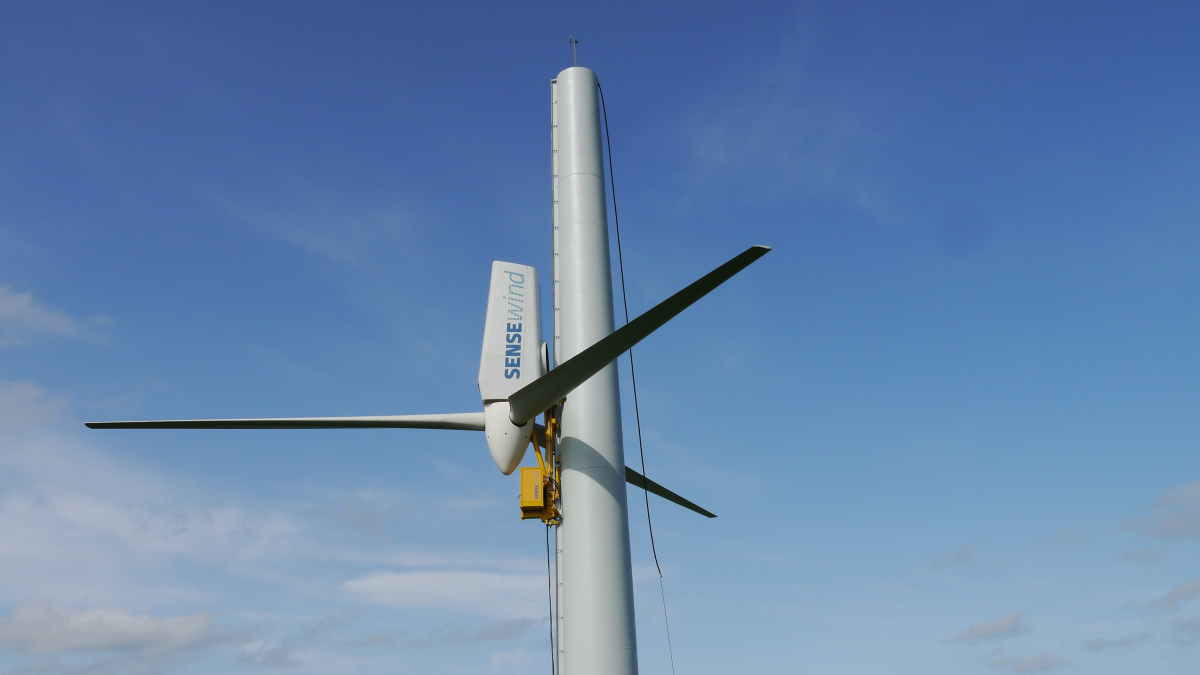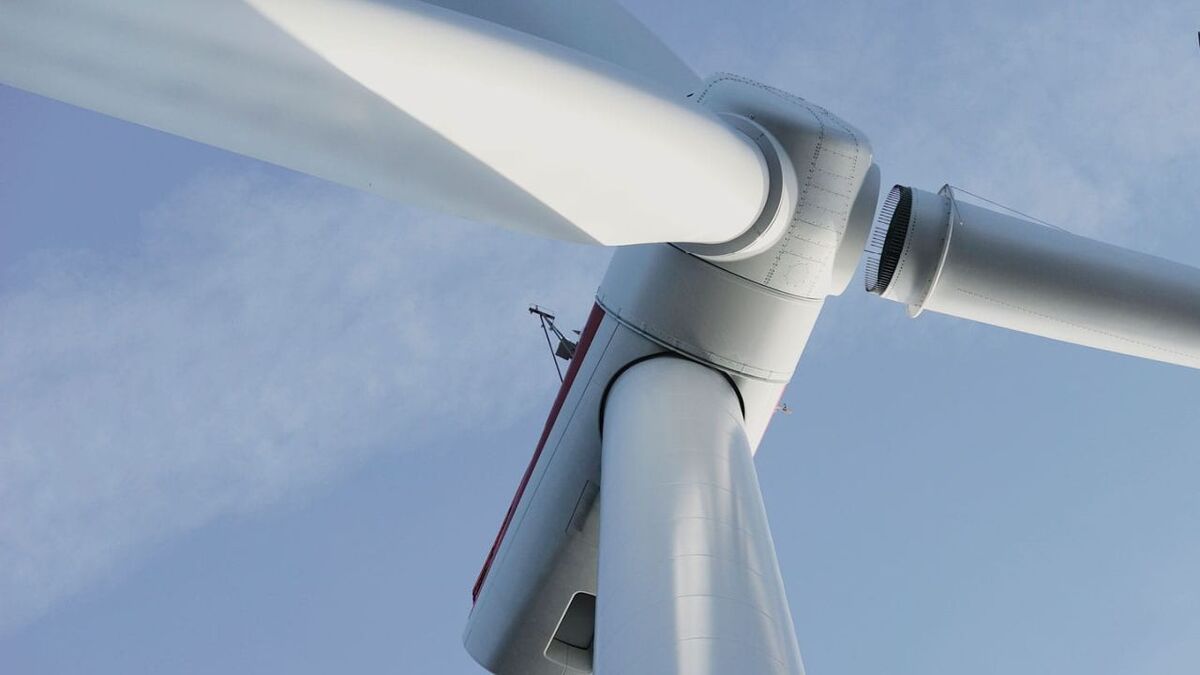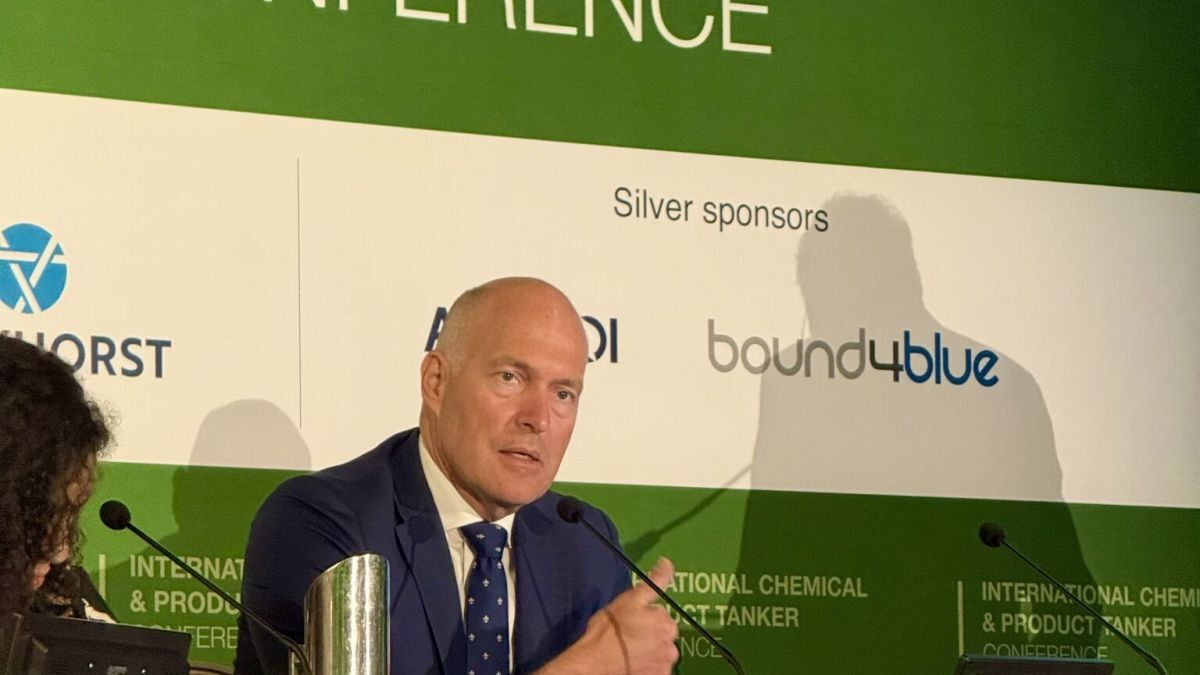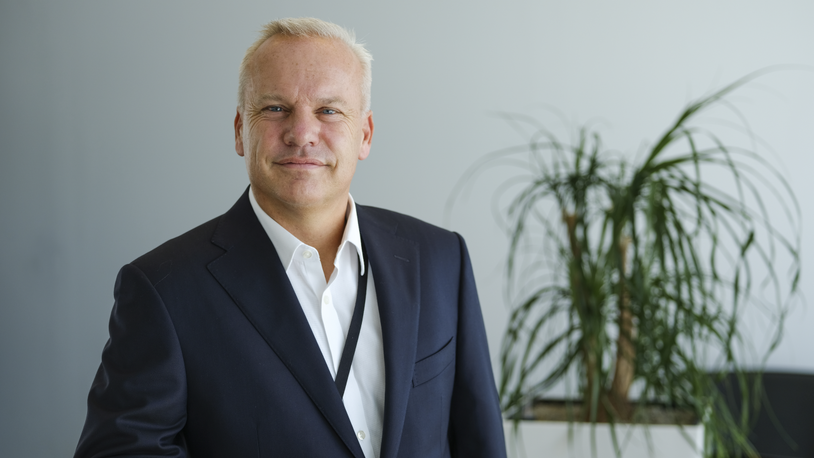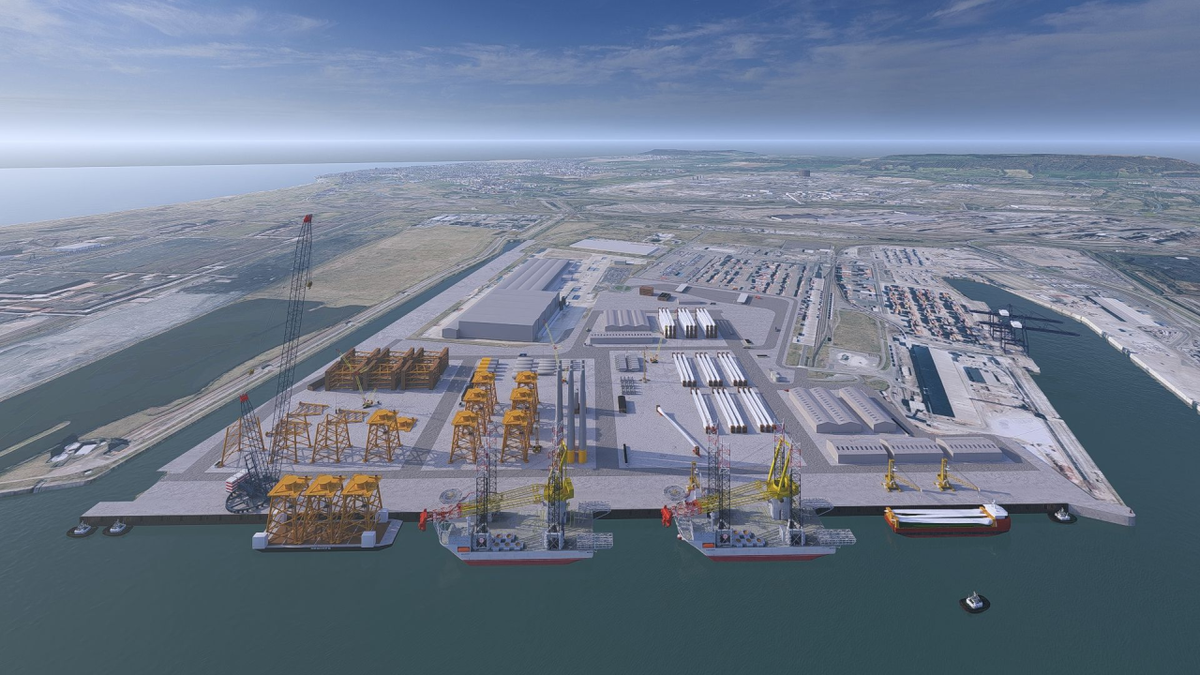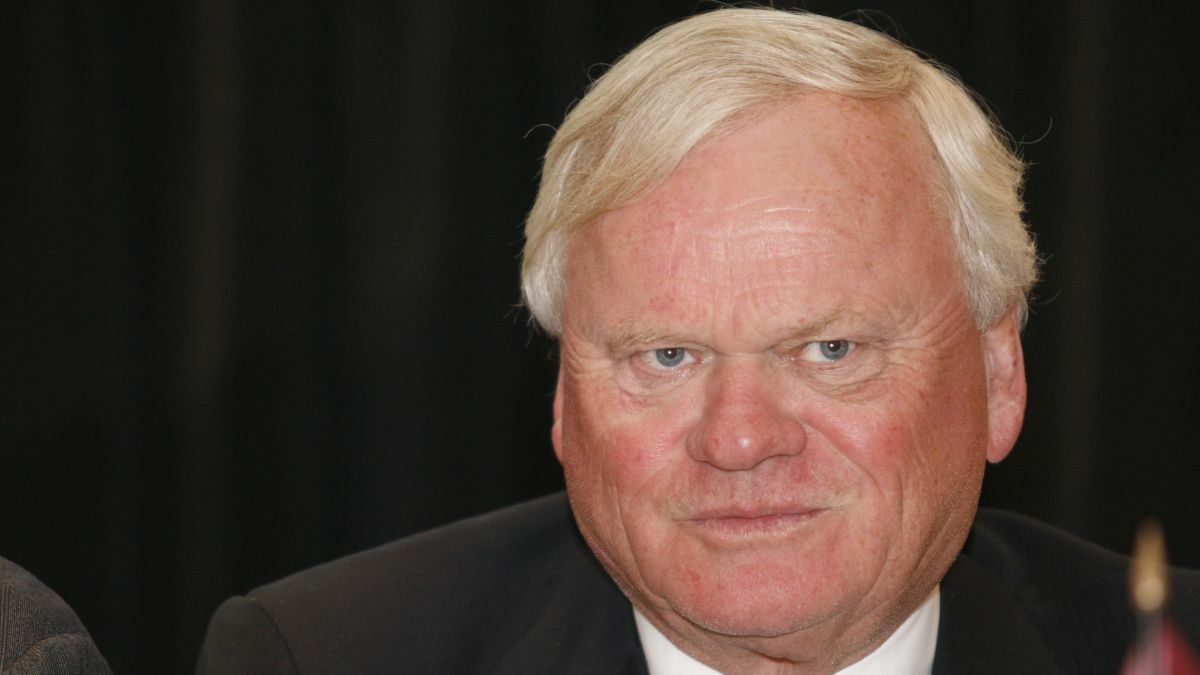Business Sectors
Events
Contents
Register to read more articles.
Lifting gear could breathe new life into smaller jack-ups
Innovative technology could enable smaller, less expensive vessels to install and service wind turbines
Enabling smaller, older jack-ups to undertake installation work and major component exchange on offshore wind turbines can reduce costs and enhance efficiency, the developers of two innovative lifting systems believe.
The first system, SENSEWind’s SENSE, could provide a lower-cost installation technique and an alternative to the need to tow floating wind turbines back to port for maintenance; the second, a new version of the WindSpider developed by the Norwegian company of the same name, could also extend the relevance of smaller vessels and ensure repairs can be conducted in a timely manner.
An April 2025 report from classification society DNV states SENSEWind’s innovative technology could reduce the levelised cost of energy (LCoE) of a large fixed-bottom offshore windfarm by 4.7%, which is equivalent to a £1.0Bn (US$1.3Bn) saving over the operational life.
Previous independent studies show SENSE could deliver similar savings for large onshore and offshore floating windfarms, unlocking efficiencies and cost reductions for the industry. For example, a 7% LCoE saving for a 2-GW onshore windfarm saves around £300M and 9% LCoE saving for a 2-GW floating windfarm saves almost £3Bn.
SENSEWinds’ technology can be applied on all types of wind energy projects – onshore and offshore – to significantly reduce costs, speed up installation and reduce risks. Instead of requiring a large jack-up vessel, the self-installing system transports a rotor nacelle assembly for a wind turbine to the top of the tower using an innovative carriage system. This means smaller, and more widely available jack-up units can do the job. Apart from reducing installation costs, this also means the operational life of smaller jack-up vessels can be extended.
SENSEWinds’ first commercial product will be an onshore 6-MW unit, developed in co-operation with a wind turbine OEM, progressing to fixed-bottom offshore unit and ultimately a system for floating offshore wind, to provide an alternative to ‘tow back to port’ when a turbine needs maintenance. Overall, states the company, the technology means lower installation costs using existing vessels and faster, more efficient turbine servicing, including a new approach to major component replacement on fixed-bottom and floating windfarms.
SENSEWind chair Julian Brown says, “We are delighted DNV has further quantified the value of SENSE to the offshore wind industry. Not only does our technology reduce installation time and costs, utilising widely available vessels, it provides the opportunity for a different approach to major component replacement. This means a turbine can be up and running again quickly.”
SENSEWind chief executive Patrick Geraets says, “The results from DNV for fixed-bottom system validates our approach to solving the increasingly difficult problem of installation and long-term maintenance of ever-larger turbines. I am not aware of any other technology under development today which can deliver the level of saving predicted as the SENSE system.” The chair of Muirhall Energy – a lead investor in SENSEWind – described the DNV report as “very encouraging” and says it gives credibility to the opportunity the SENSE technology offers. SENSEWind plans to install a 2-MW onshore demonstrator later in 2025, supported by UK government grant funding, and is already working on scaling up to a 6-8-MW onshore commercial prototype.
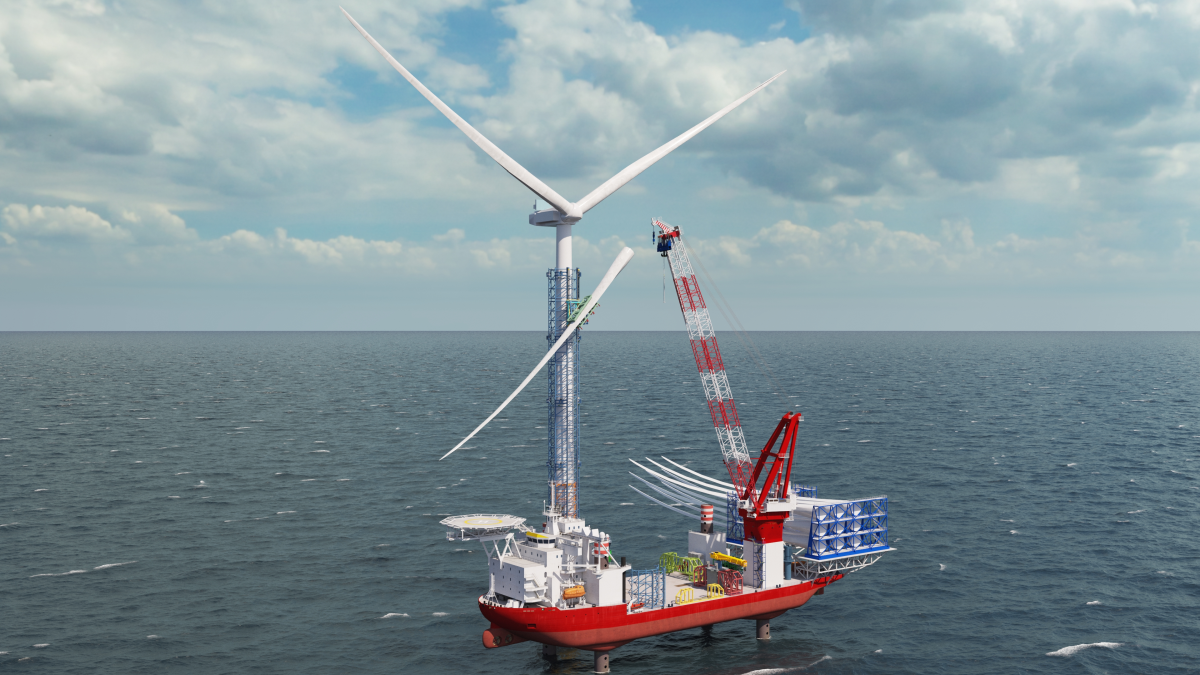
Another leading developer of alternative installation technology, WindSpider, has unveiled a new version of its universal lifting solution, which uses the tower of a wind turbine as part of the crane when undertaking installation, maintenance, repowering, and decommissioning of wind turbines.
WindSpider chief executive Kent Lynggaard Vinkel says the WindSpider WS-100 is designed to enable ‘smarter and cheaper’ offshore wind repairs. “As offshore wind turbines scale beyond 13 MW, with hub heights exceeding 140 m, major component exchange has become a significant logistical and financial challenge,” he tells OWJ. “New purpose-built wind turbine installation vessels are scarce, costly and often unavailable for time-sensitive repair work. Existing jack-ups are too small. The WS-100 unlocks the potential of existing jack-up assets, extending their relevance and ensuring timely turbine repairs, reduced downtime and optimised energy yield.”
Mr Vinkel tells OWJ, “The WS-100 is a smaller version of the WindSpider system, which is dedicated for blade exchange and main component exchange from the nacelle, having a weight less than 150 tonnes on bottom fixed WTGs. Analysis we conducted indicates for blade exchange on wind turbine generators with a hub height higher than 140 m, the number of installation vessels that can do that kind of operation is limited.
“However, there is a market for the WS-100 unit along with an older jack-up, which alone would struggle to do such an operation due to height restrictions. Newer wind turbine installation vessels would be able to do this kind of operation, but they are very expensive – more than €300,000 (US$341,000) per day and are much more likely to be occupied doing installation work on long-term contracts.”
Mr Vinkel says WindSpider has an ongoing dialogue with several developers, wind turbine OEMs and wind turbine installation vessel operators “and they confirm they see the same picture.”
Port-based lifting system for floating wind turbines planned
Logistics company Geodis has signed a co-operation agreement with Dolfines for the development and commercialisation of a port-based high-capacity lifting system for floating offshore wind projects.
Through its subsidiary Sealogis, Geodis will support Dolfines in the adaptation and industrialisation of a Mobile XXL version of the Offshore Heavy Maintenance Enabler (OHME) lifting system.
The innovative solution will be capable of installing offshore wind components weighing up to 1,000 tonnes, meeting the needs of next-generation floating wind turbines in the 15-20-MW range.
The agreement grants Geodis exclusive rights to market the Mobile XXL OHME in Europe. Dolfines will retain intellectual property rights and patents for the technology. Geodis will be involved in the commercial development of future contracts.
Geodis global manager offshore wind solutions Nicolas Bonnier says, “Geodis supports offshore wind players with a comprehensive offering which encompasses engineering, logistics, and specialised transport. Responding to the scarcity of suitable equipment, we identified the potential of the OHME Port tool developed by Dolfines.
“The new version of the OHME can provide a viable, scaleable and sustainable solution to meet the logistical challenges of the new generation of floating wind turbines. Our engineering teams are already working on the design of this Mobile XXL version.”
Sign up for Riviera’s series of technical and operational webinars and conferences:
- Register to attend by visiting our events page.
- Watch recordings from all of our webinars in the webinar library.
Related to this Story
Events
Maritime Environmental Protection Webinar Week
Cyber & Vessel Security Webinar Week
The illusion of safety: what we're getting wrong about crews, tech, and fatigue
Responsible Ship Recycling Forum 2025
© 2024 Riviera Maritime Media Ltd.

